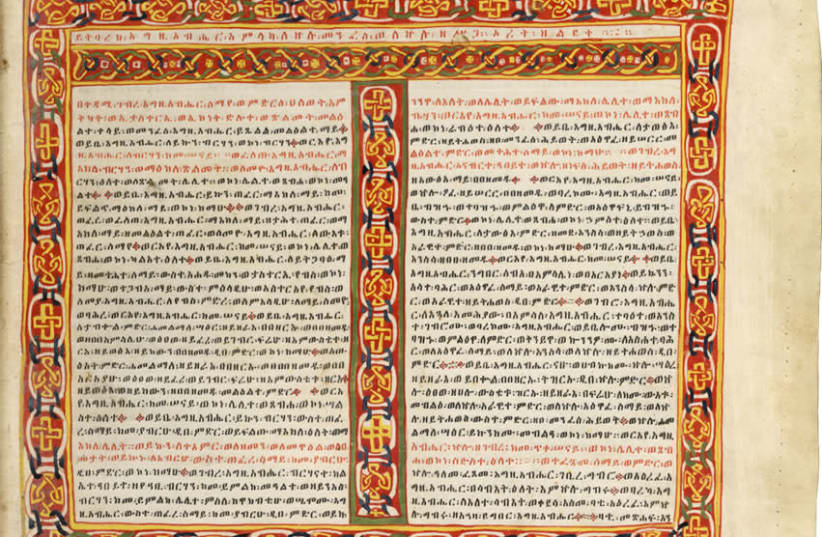Teferra shares a surname with another Ethiopian scholar, Amsalu Tefera, but they are not related. It means their fathers were both named Tefera (the feared one). As Ethiopians did not have surnames, coming to Israel (where that is the norm) led to some women complaining they don’t wish to be named after the fathers of their husbands. Noting that their own dads raised them when they were little, and should be so honored.
Elderly Ethiopians who arrived to Israel would say “af yellegnim” (I don’t have a mouth) as they felt distress over not being able to speak Hebrew. Parents who would see their child grow as a Hebrew speaker would sometime say ‘My child speaks the language of the whites” (lije ye-ferenj qwanqwa yichilall). The encounter was, at times, funny, the Amharic name sometimes given to a social worker (ovedet sotsialit) was wofe t’olt’walit (a bird which meddles in my business). Such usages were limited to the first generation to arrive in Israel. Often called, ‘the generation of the desert’, harking back to the 40 years the people of Israel spent in the desert before reaching the Promised Land.
The encounter with the new land was often traumatic as immigrants were asked to change their names. However, the Ethiopian name Ayyelign (He saw it for me) does not mean Ilan (a tree) even if both words share a similarity. Many felt that their new Hebrew names do not match who they actually are. In one rare case, when the immigrant spoke Hebrew well, he was able to replace Mahari (one who pardons) with Rachamim (mercy). However, this was an exception to the rule.
How did Jewish people end up in Ethiopia? While many would point to the mythical story of the Queen of Sheba visiting King Solomon in Jerusalem as described in the Kebra Nagast (Glory of Kings). This is actually a Christian narrative, not a Jewish one. The Jews of Ethiopia had their own kingdom, Semien, ruled by Queen Gudit roughly a thousand years ago. Which was later conquered by non-Jews.
Most Ethiopian Jews today would say their ancestors left Israel after the destruction of the First Temple by the Babylonians. This explains why they didn’t celebrate Hanukah. Their migration path was along the Nile river after the destruction of Elephantine in Egypt, where a Jewish temple also functioned. It is possible more Jews were introduced as war captives after King Kaleb of Axum defeated the Jewish ruler of Yemen Dhu Nuwas. Or some Jewish traders from Yemen came there for work reasons and stayed.
Despite Ethiopia having a deep Christian history, the Falash Mura the average Israeli might have heard about, are descendent of Jews who converted during the 19th century due to European missionaries.
“Ethiopian Orthodox Christianity did not actively seek converts,” Teferra explains, “the missionaries built schools and embraced Jews as well as groups which practice African tribal faiths.” In modern Ethiopia, the number of Protestants is constantly rising due to ongoing missionary efforts, he said. This despite the unique cultural legacy of Ethiopia.
In Israel, the Education Ministry encourages Ethiopian students to study Amharic for their High School finals. This was originally seen as a way to help students finish high school, offering them an in-depth academic subject (five units) required to gain a diploma. Yet it also had the added bonus of introducing young black-Israelis to teachers who were like themselves. While the ‘Generation of the Desert’ was slowly coming to terms with the reality of Israel most students would only meet an Ethiopian adult in a menial position. Language, in that sense, has great power and pride.
“I would be happy to open in Israel a bookstore in Amharic,” Teferra said, “I would be delighted if in cities with large Ethiopian communities a library could offer such books.” He believes that, after a wave of seeking to assimilate into Hebrew Israeli culture, the new generation of Ethiopian-Israelis would seek to reclaim their names, their culture – and speak up.
